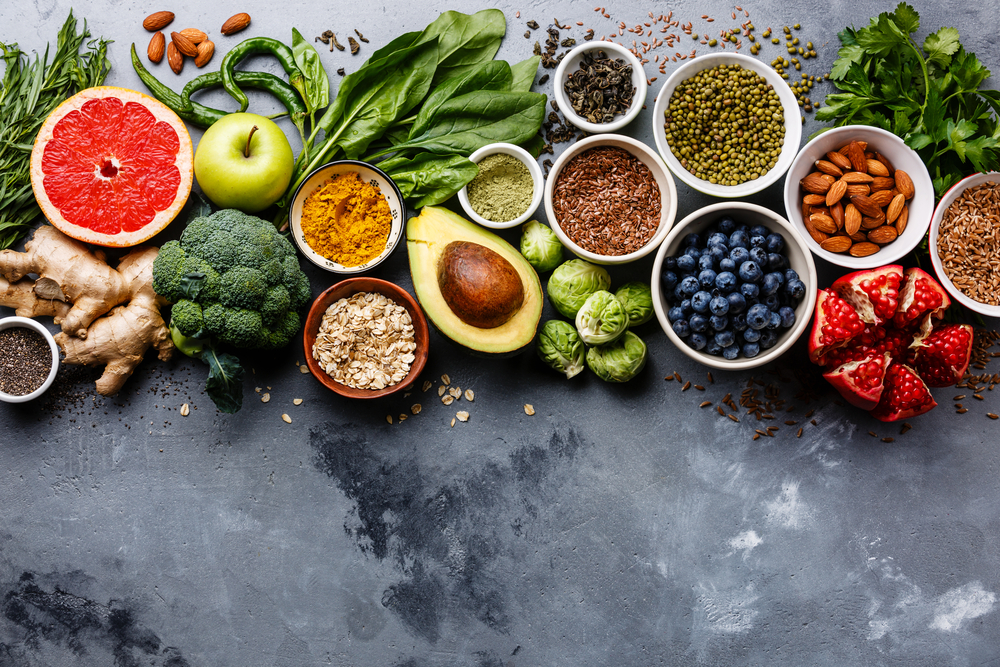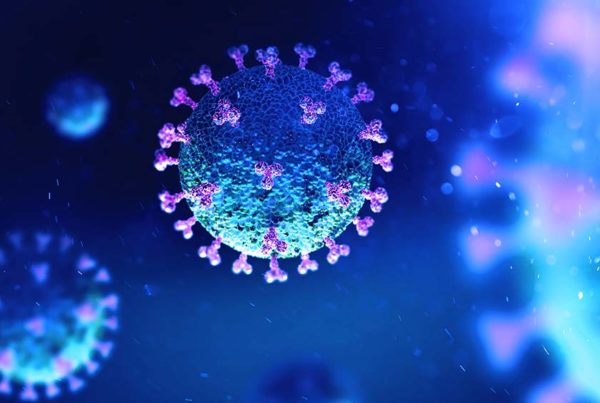
Studies show consumers’ perceptions are way off when it comes to eating healthy.
Among the more amazingly successful deceptive marketing tools associated with junk food is that generations of consumers believe it’s cheaper than healthy food. Studies continue to show consumers tend to associate higher costs with healthier foods, regardless of contrary evidence.
Even the phrase “eating healthy on a budget” refers to the illusion that junk is cheaper than real food. I discussed this in a recent article on Heath Hype. It’s also part of the strategy of how junk food companies keep growing.
What really is junk food? As I stated in a recent article, if you have to ask, you’re probably eating it. There are many factors to consider when comparing healthy vs. junk foods. These include weight, calories, macro-, micro- and phytonutrients, satiety and others. When considering any of these factors, healthy food can actually be less expensive.
Two other factors to mention that are usually not considered in these comparisons include:
- Eating junk food often increases hunger soon afterwards (if not during), causing you to eat additional junk soon after. This can obviously increase the cost just by virtue of eating more — doubled or even “supersized” in some cases.
- The cost of junk food goes far beyond the actual purchase price. The price in long-term health problems — illness, disease and physical impairment is very expensive. While this is almost an unfair comparison, healthy food can actually prevent these problems, offsetting incredibly high healthcare costs. This factor alone is sufficient enough to close the case about cost comparisons.
So why do so many people believe they can’t afford to buy healthy food? Consumers are more likely to rely on their vague notions about food quality and pricing — information that comes from marketing and media hype.
According to an article in the Journal of Consumer Research, “The marketplace and the media appear to have taught most U.S. consumers to expect foods with special health properties to command a premium price.” Certainly, fancy certified-organic ribeye steaks or out-of-season veggies cost more, but the authors state that, “in other cases, a general positive relationship between price and healthiness may not exist.”
This research also found when consumers were presented with price information only, perceptions of the healthiness varied with the price. A higher price was thought to be healthier, and lower price less healthy. Similarly, when nutrition was the only indicator presented, nutrient-dense foods were thought to be more expensive, with lower-quality nutritious items cheaper. (Consumers actually needed convincing when the price seemed too good to be true for stated health claims.)
Junk food is now the world’s dietary staple, and has contributed — virtually caused — the world’s overfat pandemic with its downstream escalating rates of chronic disease and physical disability. Sugar, and other refined carbohydrates that quickly covert to sugar in the body, are the culprits. Clearly sugar is the new tobacco.
In addition to junk food appearing to be cheaper, the vast majority of advertising is devoted to it, versus healthy food which receives significantly less. And, as opposed to healthy foods, junk is everywhere; it’s highly accessible and cleverly deceptively marketed (sometimes by real clowns).
What really is healthy food?
Natural, minimally processed foods are like those you’d grow in your garden or raise in your pasture. They include most fruits and vegetables, whole pieces of meat and fish, whole eggs, cheese, cream and butter, olive and coconut oils, raw nuts and seeds, and others. From these foods, the most delicious meals can be easily and cheaply prepared. (Interestingly, many consumers still mistakenly believe that healthier foods are less tasty.) Speaking of eggs, they remain an amazing bargain even when buying organic pasture-raised versions — two can be the foundation for a healthy breakfast for less than $1.
The big misconception about healthy food being more expensive is in great part because buying from a health food store often costs much more, and certified-organic food usually comes with a price premium. Neither is a requirement for healthy eating, however, especially if you’re on a budget.
- I’ve written about the dangers of shopping at Whole Foods Market, one of the biggest so-called health-food stores. But since its purchase by Amazon in 2017, prices have been slashed considerably. I find their healthy-food prices less expensive than big groceries and most farmer’s markets, and with better quality and selection. However, many so-called health foods, regardless of where they’re sold, are junk foods in disguise, which may sell at higher costs. Consumers beware.
- The global certified-organic program, based on the U.S. government’s regulations, is not much different. Many organic ingredients and products are junk foods. This includes organic sugar and flour in product after product of prepared, quick, processed fast foods and other items (even organic cigarettes and body-care products) fooling consumers that they are healthy (and cost more too). Avoiding organic snack foods, which are incredibly expensive, is a must.
The fact is, you don’t have to shop at a health food store or buy all organic items to eat healthy. The Environmental Working Group’s guide for avoiding pesticides in produce can help you make educated decisions about the costs of organic vs. conventional.
If you can afford organic, buy it as it’s usually healthier with less chemicals.
- If you’re on a budget, buying fruits, vegetables, meats, fish, eggs, cheese, and other real food from your grocery store is the easiest example of how healthy food can be less expensive than junk food.
- As always, you have to read ingredient lists to avoid the bad items.
- It’s easier today to compare different brands by looking at the posted cost per serving or weight.
- There are always sale items of healthy foods, along with bulk items — these can be significantly less money, and you can also buy extra to freeze.
Out of desperation, some people claim the prep time and cooking energy use adds more cost to an already more expensive healthy food. Not true. And compared to what? Going to a fast food joint and eating something out of a bag, or taken out of the bag in the kitchen then served at your table?
It doesn’t take much time to prepare healthy meals from scratch. Here’s a recipe for a hearty omelet:
- Cut up some vegetables (onions, spinach, mushrooms), quickly sauté in butter, add eggs, cook until done. Optional toppings: avocado, cheese, sour cream, tomatoes, salsa. Total prep time is under seven minutes.
There are many healthy recipes on my website, most of them are easy and fast to prepare. You can even make twice as much for double the meals and half the prep time.
Obviously, preparing a fancy five-course meal for a dinner party will take much more time — you wouldn’t serve junk food at an elegant silver-platter event (although the White House has, setting a poor example for etiquette, not to mention health).
Waste not
One thing about junk food — there’s very little waste (excluding the packaging). Most consumers of it eat most, if not every crumb, of what’s bought (especially since hunger seems to set in even before finishing the food).
With healthy vegetables, meats and fish, cheese and other real food, the clever chef wastes nothing. Unfortunately, studies show that the average American wastes about a third of the food purchased. That’s a significant added expense — a huge waste of money that particularly occurs with healthy food. If you add a third more to your food budget, of course healthy food is more expensive!
- Instead of trashing perfectly good healthy food, it’s useful as leftovers, making soups, ground or chopped up and added to burgers, meatloaf, stew, or in some cases added to scrambled eggs (like leftover veggies, sauces, even meat, fish or cheese).
Governments also could make it easier for people to eat healthy, and for even less money. While this has yet to happen, here’s how it could:
- Stop subsidizing junk food.
- Reduce or eliminate taxes on healthy food, like vegetables and fruits.
- Offset these reduced taxes with higher taxes on junk food.
- Make public health announcements to reinforce the notion that eating healthy is not only best, but when smartly done, actually cheaper.
- Not serve junk food at formal events.
The Pavlov response of buying into the junk food conspiracy is why so many people believe healthy food is more expensive. Or is part of the problem that many people are addicted to junk food?
References
Haws KL, et al. Healthy Diets Make Empty Wallets: The Healthy = Expensive Intuition. 2017.
J Consum Res; 43(6): 992-1007. doi.org/10.1093/jcr/ucw078








